Nasturtium is a beautiful genus of plants that can be used to decorate any garden. But few actually know that it can also be used as a spice in the kitchen.
Nasturtium possesses a slightly acrid taste, making it perfect for seasoning meat, vegetable dishes and different types of mayonnaise. Usually, the leaves are used to season salmon. The fruits of nasturtium can be marinated and used to season various dishes and cold salads.
Besides the flowers, the seeds are also used in cooking. In their pure form, they are put into various sauces and cold snacks. Nasturtium seeds flavor vinegar as well. It is most often used to season salads, sauces, soups, fish.
Unripened nasturtium seeds are marinated and used as a substitute for capers. Some varieties of nasturtium create edible underground tubers, which are a main source of food in some parts of the Andes.
Salmon with Nasturtium
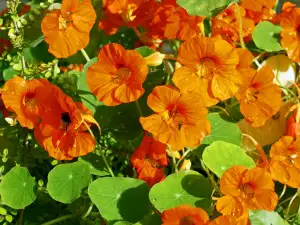
Ingredients: 8 salmon fillets, 3/4 cup nasturtium leaves, 1/4 cup balsamic vinegar, 1/4 cup finely chopped onions, 1/2 cup olive oil, 1/2 tsp dill seeds, salt and black pepper to taste.
Preparation: To season the salmon, make a so-called "nasturtium vinaigrette". For it, combine the balsamic vinegar, chopped onions, olive oil and dill seeds. Season them with salt and black pepper to taste and add the leaves of nasturtium that have been ripped apart.
Smear the salmon fillets thoroughly with a little olive oil on both sides and cook on the grill or in a saucepan. Once ready, distribute them into the serving plates and pour on the vinaigrette on top. Serve warm.
The flavor that nasturtium provides to any dish it is put into cannot be compared to anything else.
In folk medicine, nasturtium is used to relieve sweating in tuberculosis and to stop coughing. It has an expectorant effect. The seeds from the plants have an expressed laxative effect. They are also used against scurvy.
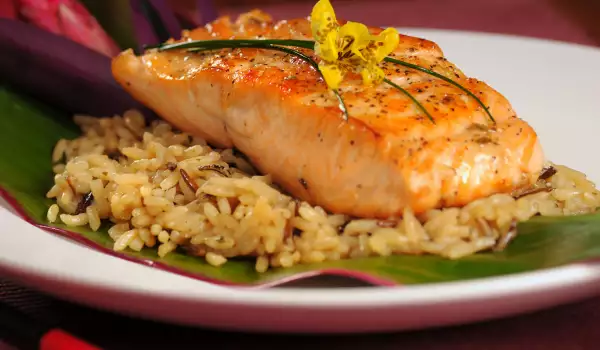
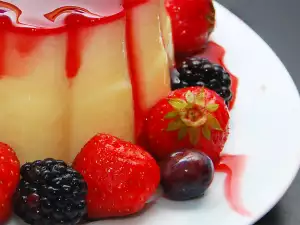
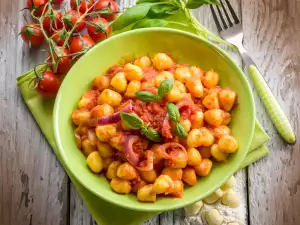
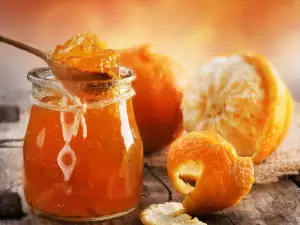

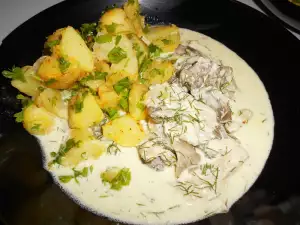
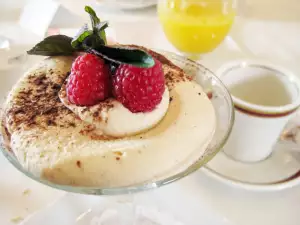
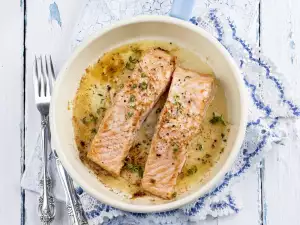
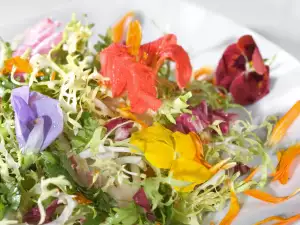
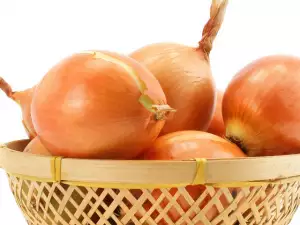
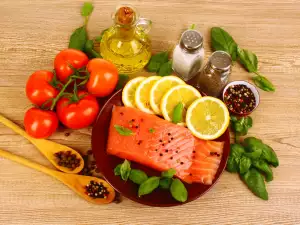
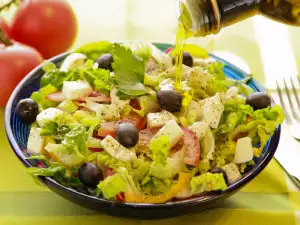
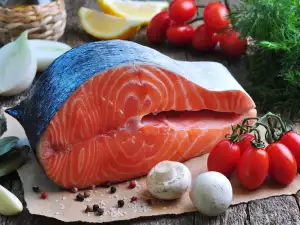
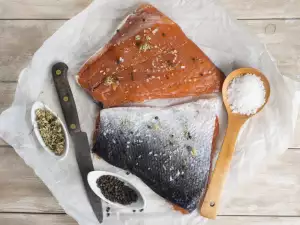
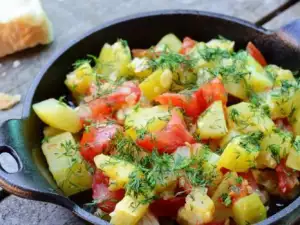




Comments